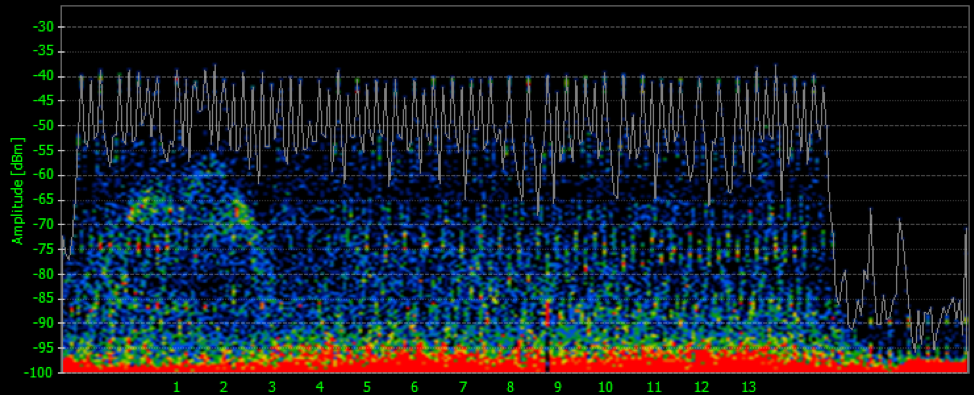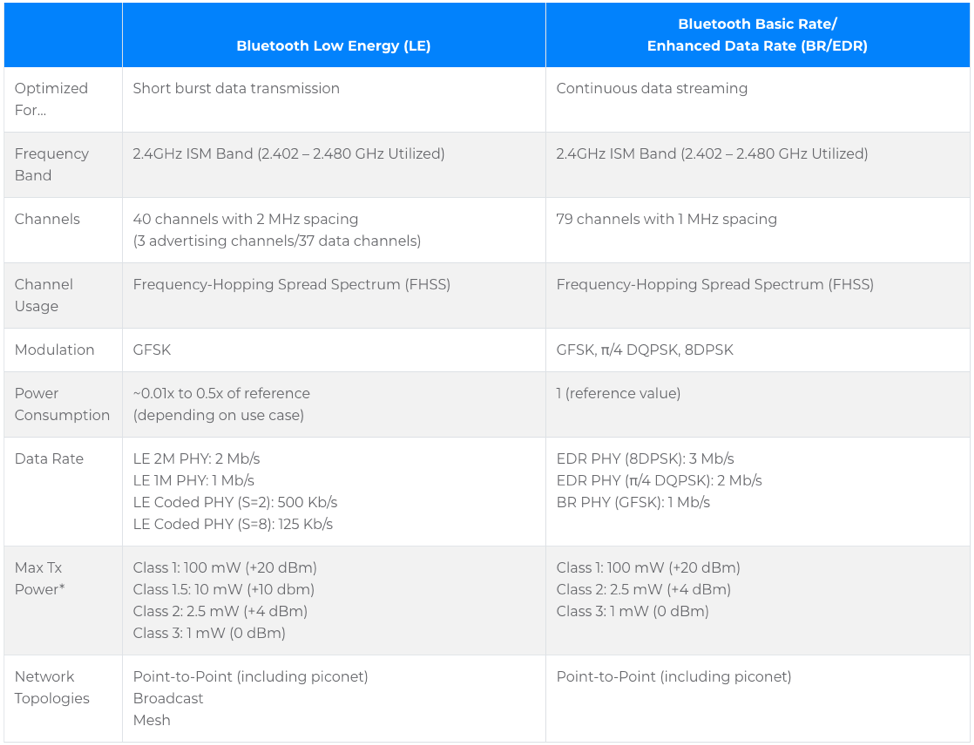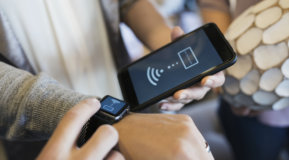Bluetooth technology has been around for a very long time…ever since 1989! But Bluetooth has been improved, updated and is currently found in most of our personal devices. But many people don’t know the details about it, other than it just works.
The Bluetooth logo is made up of merging the Nordic runes from ![]() (Hagall) and
(Hagall) and ![]() (Bjarkan), the initials of the tenth-century King Harald Bluetooth.
(Bjarkan), the initials of the tenth-century King Harald Bluetooth.
Bluetooth operates in the same unlicensed frequency ranges as 2.4GHz 802.11b, 11g and now 11ax. From 2402 MHz to 2480 MHz (or including the guard bands, from 2.4GHz to 2.4835GHz), Bluetooth uses the same ISM band as by many other technologies.
One major difference is the use of frequency-hopping spread spectrum, where the data is divided into packets, and each is transmitting on one of 79 possible Bluetooth channels. Each channel is 1MHz — and these ‘hops’ change at 1600 hops per second!

The newer Bluetooth Low Energy (BLE) uses 2MHz wide spacing and only 40 channels.
Though the protocol offers a wide variety of ‘Classes’ — from Class 1 devices that can transmit at a full 20dBM (100mW) to Class 4 devices that can barely transmit at a -3dBm (.5mW) level. Most devices we use day-to-day are Class 2. They transmit at a max of 4dBm (2.5mW) and have a range of around 10m.
Over the past decades, Bluetooth has evolved from the initial Bluetooth 1.0 to today’s BLE (Bluetooth 4.0) and the current Bluetooth 5.1. Each version picks up newer and faster technology, coupled with more features and capabilities.
Maximum Tx power ratings of different mobile devices:
Cell Phones
UMTS/W-CDMA 250mW
GSM1800/1900 1,000mW
GSM850/900 2,000mW
Bluetooth
Class 1 100mW
Class 2 2.5mW
Class 3 1mW
Class 4 .5mW
Wi-Fi
Smartphones 25mW
Access Points 200mW
To learn more about Bluetooth technology, check out this site.
Sometimes folks get a bit confused between Bluetooth and Bluetooth Low Energy (BLE), since both use much of the same technology, but for different purposes. Here's a quick comparison:

You can also download the entire technical specifications in a PDF.
 Go Deeper on Bluetooth
Go Deeper on Bluetooth
You have personally been using Bluetooth for quite some time. Isn’t it time you spent a bit of time learning about the underlying technology? Check out the Bluetooth information listed above, or for more Aruba-centric information, I’ve included some links below.
Aruba location services overview.
Video: Aruba Beacons in action.
Read My Other Blogs
Brush up with this Bluetooth Primer
What Wireless Engineers Need to Know About CBRS
Using EMANIM to Visualize Radio Waves
If You're the Smartest Person in the Room, You're in the Wrong Room




